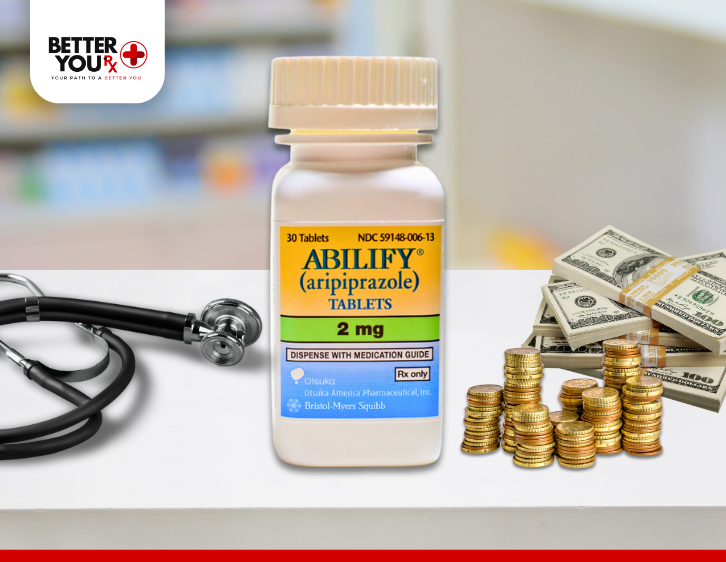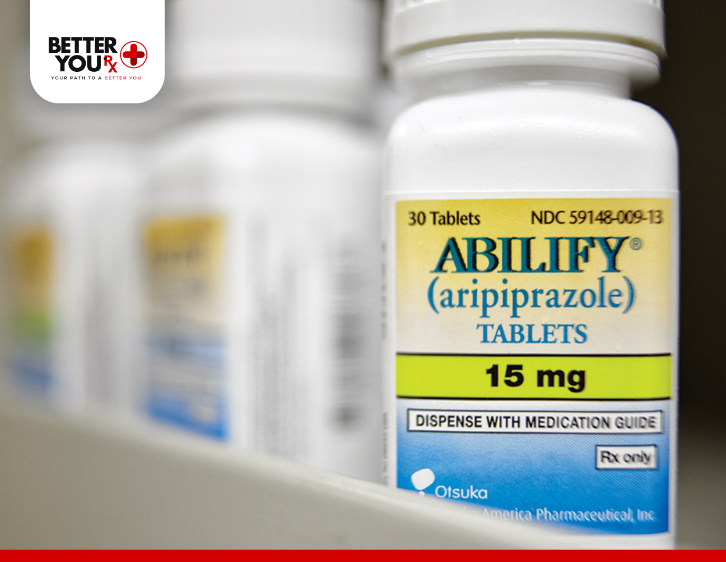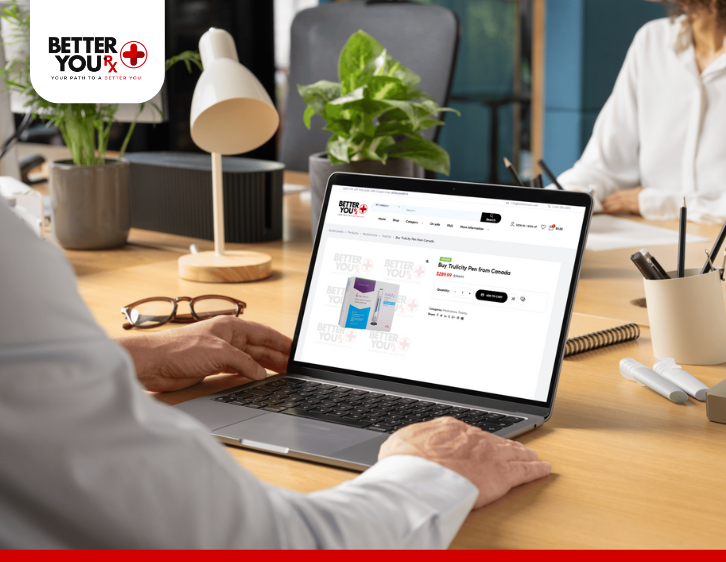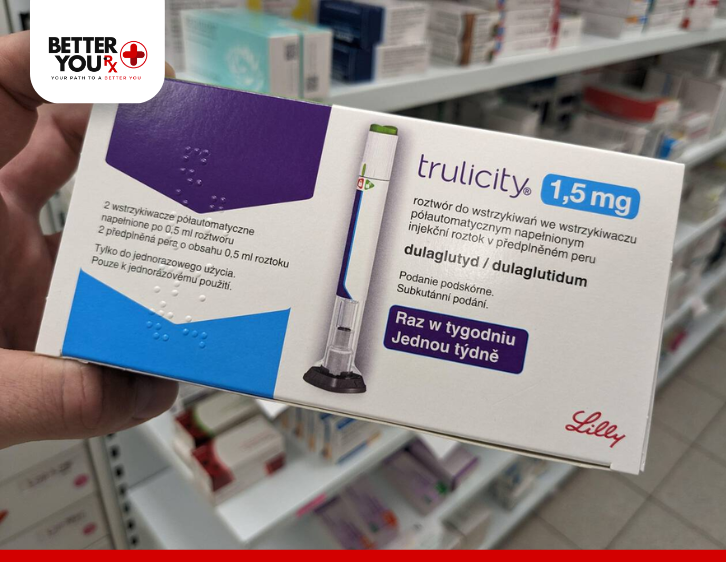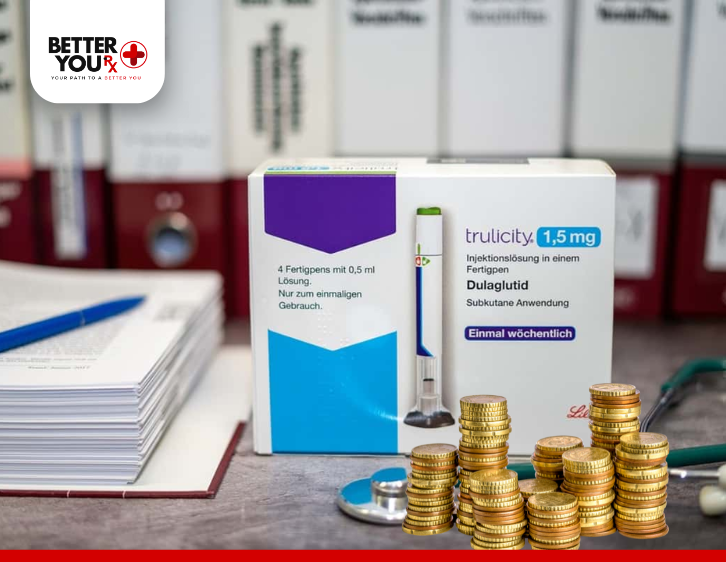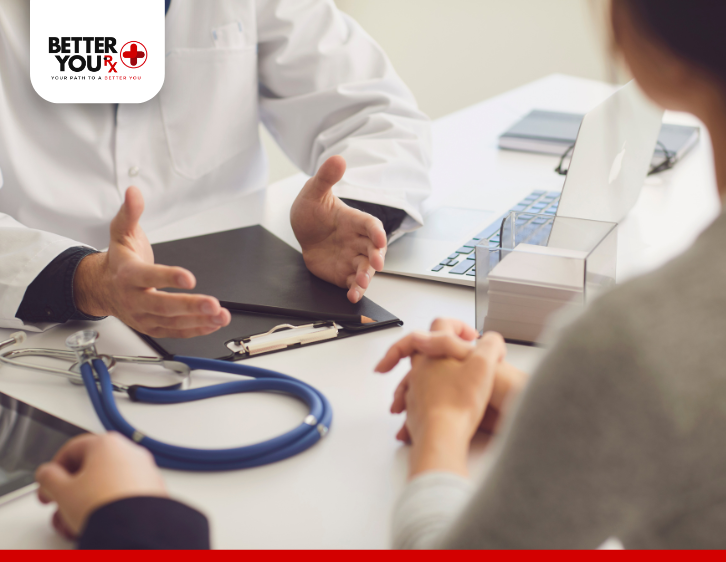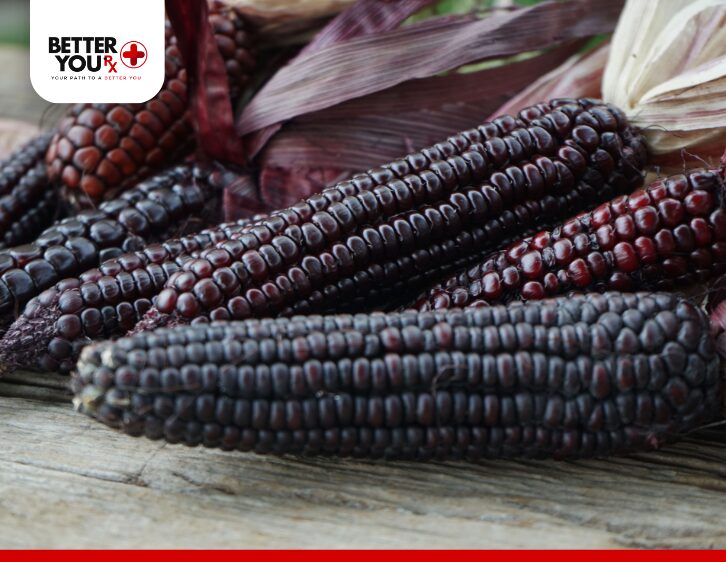6 Non-Stimulant Medications for ADHD and How They Work
Managing ADHD with non-stimulant medications can be transformative, offering an effective alternative to stimulant options. However, finding the right medication can feel overwhelming, with various choices like Wellbutrin and Strattera. This guide simplifies the process and helps you understand your options, whether for adults or children with ADHD.
Additionally, if you’re in the U.S., we’ll show you how to save significantly on your prescriptions by exploring affordable options through Better You Rx, a pharmacy-affiliated website in Canada. Let’s dive into non-stimulant ADHD medications, their benefits, and why they may be the best choice for you or your loved ones.
What Are Non-Stimulant ADHD Medications?
Attention-Deficit/Hyperactivity Disorder (ADHD) is a neurodevelopmental condition that impacts both children and adults. It is characterized by challenges with attention, impulsivity, and hyperactivity that persist over time, impacting daily life.
Treatment options include:
- Non-Medicinal Treatments: Behavioral therapy, neurofeedback, ADHD coaching, and assistive technology can complement medical approaches.
- Stimulant Medications: Options like Adderall or Ritalin are effective but may cause side effects such as appetite loss or sleep issues. They are also classified as controlled substances due to their addictive potential.
- Non-Stimulant Medications: These provide similar benefits without the risk of addiction. Non-stimulants enhance the efficiency of existing neurotransmitters rather than increasing their levels.
Non-stimulant ADHD medications are also often prescribed off-label for ADHD, making them a versatile treatment option under proper medical guidance.
How Do Non-Stimulant ADHD Medications Work?
Stimulant medications amplify neurotransmitter activity to improve communication within the brain, particularly in the prefrontal cortex, which regulates behavior, emotion, and thought processes.
Non-stimulants take a different approach. They optimize the function of existing neurotransmitters and their receptors, offering a subtler but equally beneficial effect for some individuals.
These medications are not considered controlled substances, making them a safer choice for long-term treatment.
Why Choose Non-Stimulant ADHD Medications?

While stimulants are typically the first-line treatment for ADHD, non-stimulants may be recommended in several cases:
- Ineffectiveness of Stimulants: When stimulants fail to provide symptom relief.
- Adverse Side Effects: Some patients cannot tolerate stimulant side effects, such as insomnia or appetite suppression.
- Coexisting Conditions: Patients with ADHD and anxiety or other disorders may respond better to non-stimulants.
- Drug Abuse History: Non-stimulants are a safer alternative for those with a history of substance misuse.
- Combination Therapy: For children, non-stimulants may complement stimulant medications, balancing their effects.
Best Non-Stimulant ADHD Medications for Adults

Adults often start with atomoxetine (Strattera) due to its proven effectiveness. Here are the most commonly prescribed non-stimulant ADHD medications for adults:
- Atomoxetine (Strattera): An SNRI that improves impulse control and reduces hyperactivity.
- Wellbutrin (Bupropion): An antidepressant that enhances focus and mood.
- Tricyclic Antidepressants: Boost serotonin and norepinephrine levels, helping regulate attention and mood.
Best Non-Stimulant ADHD Medications for Children

For children, a combination of therapy, lifestyle adjustments, and medication is often recommended. Common non-stimulant ADHD medications include:
- Atomoxetine (Strattera): Effective for improving attention and impulse control.
- Clonidine ER: Helps regulate the nervous system and reduce hyperactivity.
- Guanfacine ER: Supports emotional regulation and impulse control.
Detailed Overview of 6 Non-Stimulant ADHD Medications
1. Wellbutrin (Bupropion):
- How It Works: Balances neurotransmitter levels, aiding focus and mental clarity.
- Benefits: Also treats depression and seasonal affective disorder.
- Cost Savings: Generic bupropion is available for about $1.10 per pill through Better You Rx.
2. Strattera (Atomoxetine):
- How It Works: An SNRI that improves brain chemistry, reducing ADHD symptoms.
- Benefits: Effective for children and adults alike.
- Cost Savings: Save up to 90% with prices as low as $1.30 per pill through Better You Rx.
3. Clonidine (Catapres):
- How It Works: Modulates the body’s stress response, stabilizing the nervous system.
- Benefits: Improves focus and emotional regulation.
- Cost Savings: Available for just $0.50 per pill through Better You Rx.
4. Guanfacine (Intuniv ER):
- How It Works: Enhances prefrontal cortex function, supporting emotional balance.
- Benefits: Especially effective for children struggling with hyperactivity.
- Cost Savings: Purchase for $6.00 per tablet through Better You Rx.
5. Desipramine (Norpramin):
- How It Works: Increases serotonin and norepinephrine to improve mood and focus.
- Benefits: A good option for adults with ADHD.
- Cost Savings: Available for about $2.00 per pill through Better You Rx.
6. Imipramine (Tofranil):
- How It Works: Converts into desipramine in the body, improving attention and impulse control.
- Benefits: Addresses ADHD symptoms and other mental health challenges.
- Cost Savings: Costs as little as $0.50 per pill through Better You Rx.
Affordable Non-Stimulant ADHD Medications with Better You Rx
Finding and affording the right ADHD medication can be challenging. Better You Rx simplifies the process by offering:
- Low Prices: Save on high-quality medications sourced from Canada.
- Exceptional Service: A dedicated team ensures a seamless ordering experience.
- Convenient Ordering Options: Choose to order online, by phone, or via mail.
Explore how Better You Rx can help you access affordable non-stimulant ADHD medications while saving significantly.


